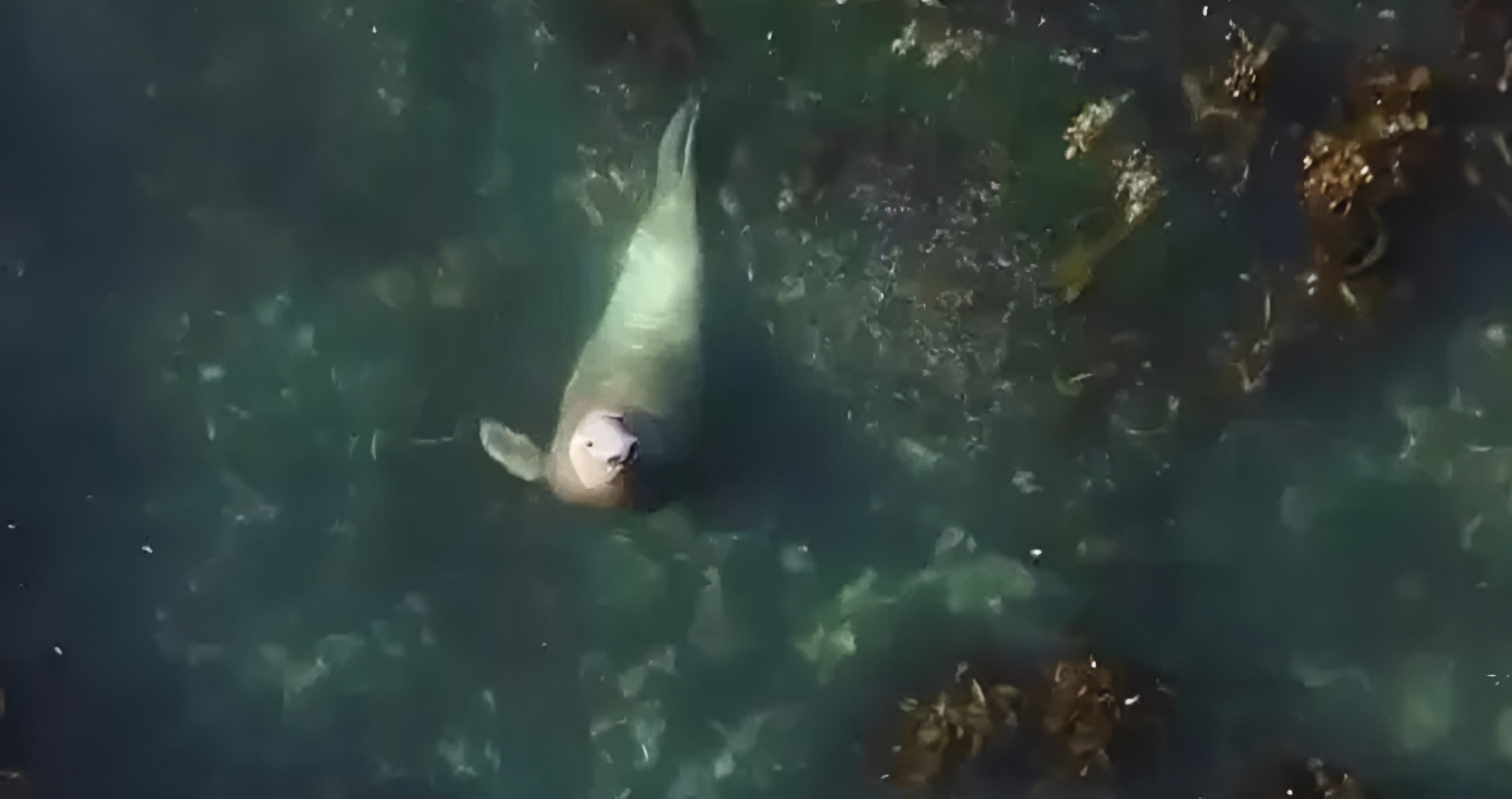Elephant sealshttps://www.marinemammalcenter.org/animal-care/learn-about-marine-mammals/pinnipeds/northern-elephant-seal are marine mammals that depend on ocean resources for survival but also rely on land for specific parts of their life cycle. Each year, these seals haul out on beaches along the California coast to breed and give birth. While most marine mammals are fully aquatic, elephant seals spend a portion of the year on land, making them particularly valuable for research. During this time, researchers are able to track individual seals, observe their behavior, and gather crucial data to monitor the health of the ocean environment.
Research and Tracking
One of the main ways scientists track elephant seals is through their unique flipper markings. Each seal has a distinct set of flipper tags that allow researchers to identify them, determine their age, and learn where they were born. By studying these markings and keeping track of individual seals over the years, scientists can observe long-term patterns related to seal health, reproduction, and migration, and how these factors are tied to ocean health.
The focus of research is mainly on adult female seals, as they are responsible for reproduction. These females give birth to pups, nurse them, and return each year to the breeding sites. The annual return of adult females allows researchers to study their breeding habits and success over time, which can help researchers understand how ocean conditions influence their ability to reproduce and raise healthy pups.
Annual Migration
After the breeding season, the seals do not remain on land for long. They embark on a short migration lasting about two and a half months before they return to the coast for their molt, a period when they shed and replace their fur. Afterward, they go on a much longer seven-month migration across the North Pacific Ocean. This migration spans about 10,000 kilometers, which is roughly halfway to Japan and back. The migration is an extraordinary feat for these marine mammals, who travel vast distances in search of food and safe habitats. Their migration patterns provide valuable insights into how they interact with the marine ecosystem, and how changes in the ocean could affect their behavior and survival.
Technological Advances in Seal Research
Over the years, researchers have made significant strides in studying elephant seals by using miniaturized technology. Scientists attach tracking devices to the seals that allow them to collect data about their environment and movements. These devices are small enough for the seals to carry without hindering their activities and provide invaluable data when the seals return to shore.
The technology used can measure various environmental factors, such as water temperature, salinity, and the seals’ movements through the water. In addition to tracking the seals’ physical locations and depths, researchers can gather video and audio data to better understand what the seals experience in the ocean. Newer technologies include accelerometers that provide detailed information about the seals’ movements and behaviors, offering deeper insights into their daily activities and how they interact with their environment.
Once the seals return to land, researchers retrieve the devices, download the data, and analyze it. This data helps scientists understand not only where the seals are going and how deep they dive but also how their behavior correlates with environmental conditions in the North Pacific Ocean. By gathering data over long periods, researchers can establish trends that help monitor ocean health and its impact on marine mammals like the elephant seals.
Conservation Success
Elephant seals were once hunted to the brink of extinction, with populations decimated in the late 19th and early 20th centuries. Overhunting was primarily driven by the demand for seal oil, which was used in lamps, and the hunting of seals for their pelts. By the mid-20th century, elephant seals were nearly extinct. However, efforts to protect the species began with the Mexican government, and later the United States, implementing conservation measures to prevent further hunting. These protections allowed the elephant seal population to recover significantly, making them one of the most successful conservation stories of marine mammals.
Today, the elephant seal population is thriving, thanks to these protective measures and ongoing research. While still a conservation success story, elephant seals face ongoing challenges as ocean ecosystems change. Understanding the health of the ocean and how it affects species like elephant seals is essential for ensuring the long-term survival of these remarkable animals.
